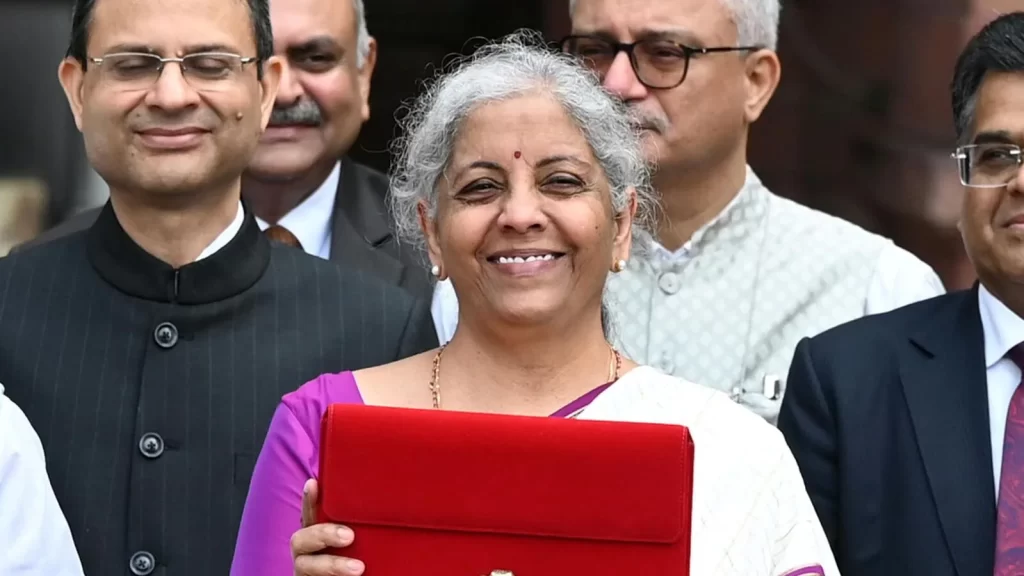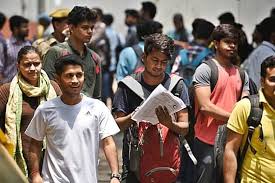Budget 2025 takes a bold step towards transforming Indian agriculture with a focus on sustainability, self-reliance, and farmer empowerment. Key initiatives like the Pradhan Mantri Dhan Dhanya Krishi Yojana and expanded Kisan Credit Card access aim to boost productivity and rural prosperity. By leveraging technology, improving market access, and strengthening financial support, the budget lays the groundwork for a resilient and future-ready agricultural sector.
Finance Minister Nirmala Sitharaman announced the Pradhan Mantri Dhan Dhanya Krishi Yojana, which will benefit at least 1.7 crore farmers across 100 districts with low productivity. She also introduced measures to boost the agricultural sector, including enhancing the credit limit under Kisan Credit Cards (KCC) and establishing a Makhana Board in Bihar to strengthen the processing and production of fox nuts. The market reacted positively to these announcements, with agriculture stocks jumping up to 9 percent.
She further unveiled a six-year ‘Aatmanirbharta’ mission aimed at achieving self-reliance in pulses, particularly tur, urad, and masur. This initiative seeks to boost agricultural productivity through crop diversification, sustainable farming practices, enhanced post-harvest storage at the Panchayat and block levels, and increased access to both long-term and short-term credit. The government will undertake the Dhan Dhanya Yojana in partnership with the states to ensure effective implementation.
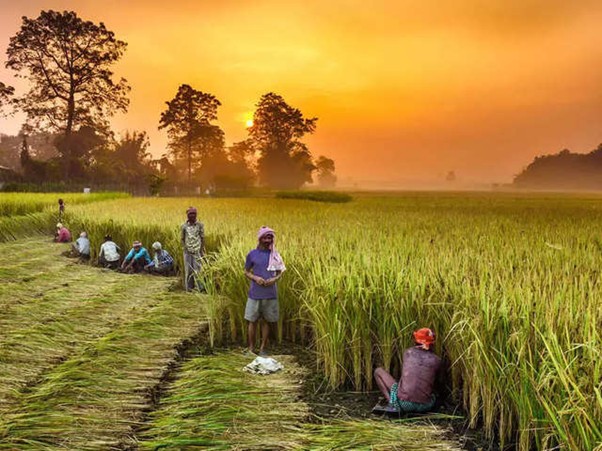
A significant announcement was the increase in the loan limit under the modified interest subvention scheme for KCC loans from Rs 3,000 to Rs 5,000, providing greater financial support to farmers, fishermen, and dairy farmers. Additionally, the formation of a Makhana Board in Bihar will improve the production and processing of fox nuts while ensuring farmers benefit from relevant government schemes. A National Institute of Food Technology will also be established in Bihar to promote entrepreneurship, development, and an increase in farmers’ income.
To address the issue of underemployment in agriculture, the government announced the ‘Rural Prosperity and Resilience’ programme, which aims to create job opportunities in rural areas, focusing on rural women, youth, marginal and small farmers, and landless families. This scheme incorporates global and domestic best practices, with financial support from multilateral development banks. Moreover, a ‘National Mission on High Yielding Seeds’ will be implemented to improve seed quality, ensuring high yields, pest resistance, and climate resilience. The ‘Mission for Cotton Productivity’ was also introduced to enhance productivity and sustainability in cotton farming.
The budget prioritizes agriculture as one of its four key pillars alongside the poor, youth and women. It sustains the momentum for rapid economic expansion, inclusive progress, and increased private sector participation while uplifting household confidence and enhancing middle-class purchasing power. By focusing on agriculture, MSMEs, investments, and exports as the drivers of Viksit Bharat, the budget advances a vision of growth fueled by reforms and inclusivity. With over half of the population dependent on agriculture for their livelihoods, the government has consistently implemented progressive policies and significant budgetary allocations to foster growth and stability in the sector. This commitment has translated into robust food production growth, enhanced farmer incomes, and strengthened rural infrastructure, positioning Indian agriculture for sustained prosperity.
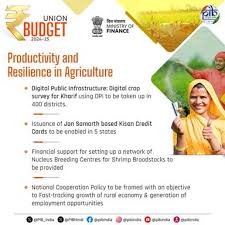
Recognizing the critical role of agriculture, the budget for the Department of Agriculture and Farmers’ Welfare has seen a substantial rise. From an allocation of ₹11,915.22 crore in 2008-09, it surged to ₹21,933.50 crore in 2013-14 and further to an unprecedented ₹1,22,528.77 crore in 2024-25. This tenfold increase underscores the government’s dedication to agricultural development and farmer welfare.
India has also witnessed a phenomenal rise in food grain production, a testament to policy support, modern farming practices, and technological advancements. From 204.6 million tonnes in 2004-05, food grain production increased to 252 million tonnes in 2014-15 and is now projected to reach 332.3 million tonnes in 2023-24. This increase has been instrumental in ensuring national food security and mitigating inflationary pressures. The total area under food grain cultivation expanded from 120.2 million hectares in 2004-05 to 132.1 million hectares in 2023-24, reflecting strategic growth.
In response to growing global demand and health consciousness, the government has promoted millet production under the International Year of Millets initiative. With a budget outlay of ₹250 crore (2023-26) for millet research and development, India is poised to become a global leader in millet production. Production increased to 175.72 lakh tonnes in 2023-24, with productivity rising by 7% since 2019, reflecting India’s emphasis on nutritious and climate-resilient crops.
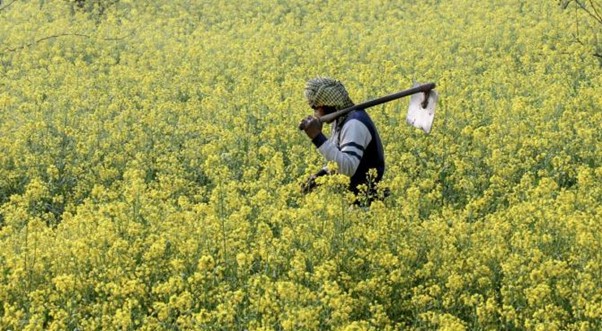
India’s agricultural future hinges on sustained policy focus, innovation, and financial support, ensuring it remains the backbone of the nation’s economic and social fabric. This Budget not only strengthens the agricultural sector but also paves the way for a dynamic, self-sufficient, and globally competitive India. By empowering farmers, youth, women, and MSMEs, it fosters inclusive growth, ensuring that every segment of society contributes to and benefits from national progress. As the country advances toward Viksit Bharat 2047, this Budget stands as more than just an economic blueprint—it is a bold declaration of resilience, ambition, and a unified commitment to long-term development and shared prosperity.
Written by- Faiza Mudassir
Edited by- Rajan Patel


